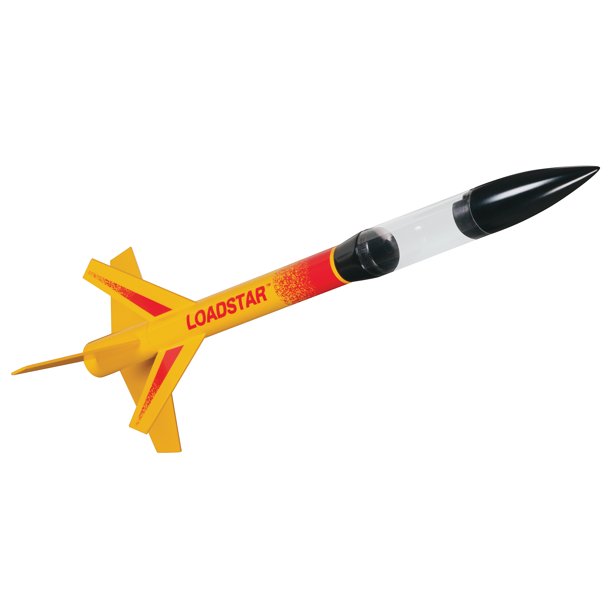I am fixing up an old half trashed Estes Loadstar II rocket which has a clear payload section.
The nose cone and coupler were attached to the clear payload tube with scotch tape by the original builder. [That is what it says to do in the instructions.]
I plan on repainting the nose cone and coupler glossy black, and then - somehow - attaching them to the clear payload tube. I can't believe there isn't a better way to do this, but I am stumped!
My goal is to make it look like it does in the pictures, but w/o using scotch tape. No matter how clear that is, it going to look crummy,
Suggestions?

The nose cone and coupler were attached to the clear payload tube with scotch tape by the original builder. [That is what it says to do in the instructions.]
I plan on repainting the nose cone and coupler glossy black, and then - somehow - attaching them to the clear payload tube. I can't believe there isn't a better way to do this, but I am stumped!
My goal is to make it look like it does in the pictures, but w/o using scotch tape. No matter how clear that is, it going to look crummy,
Suggestions?




